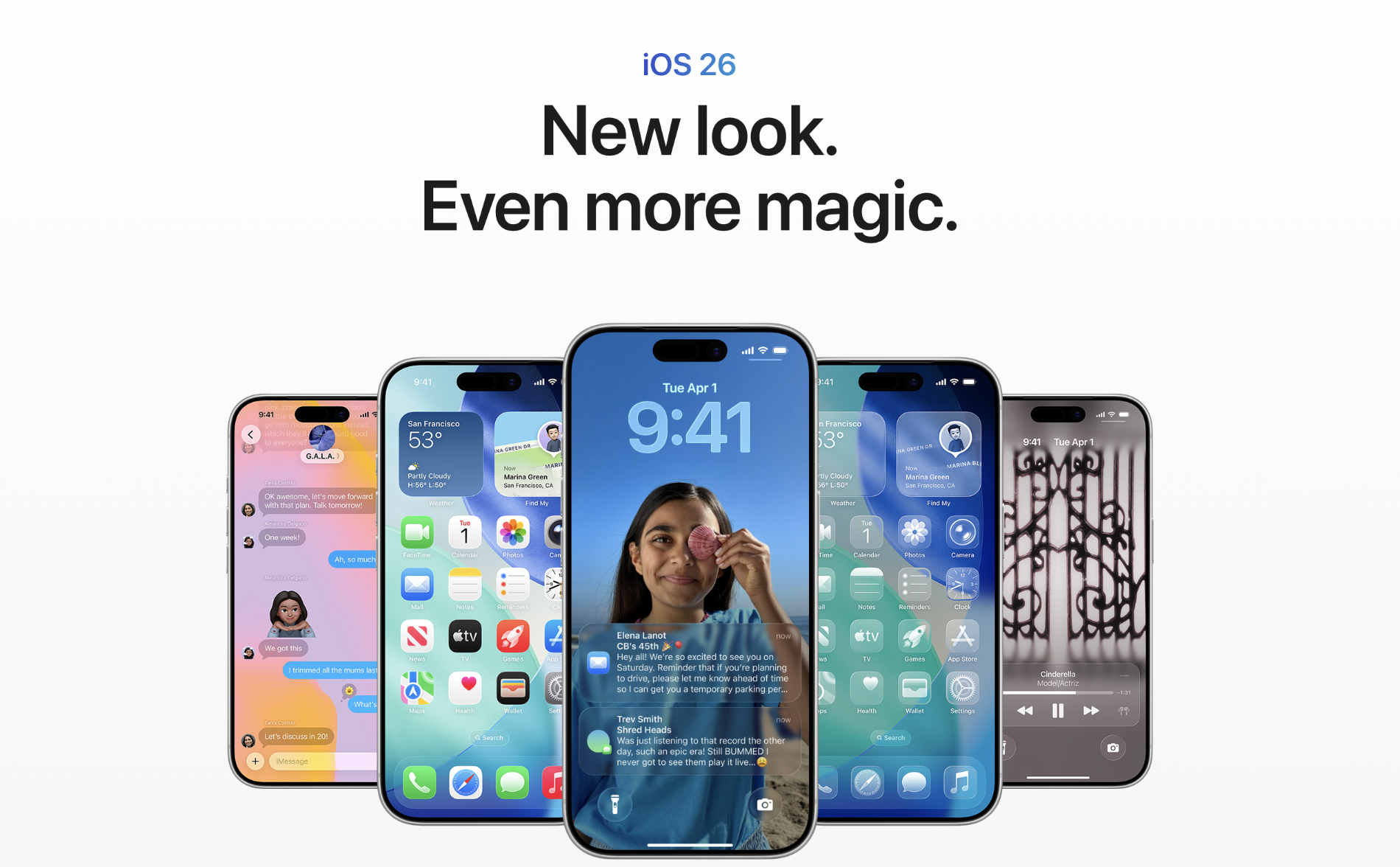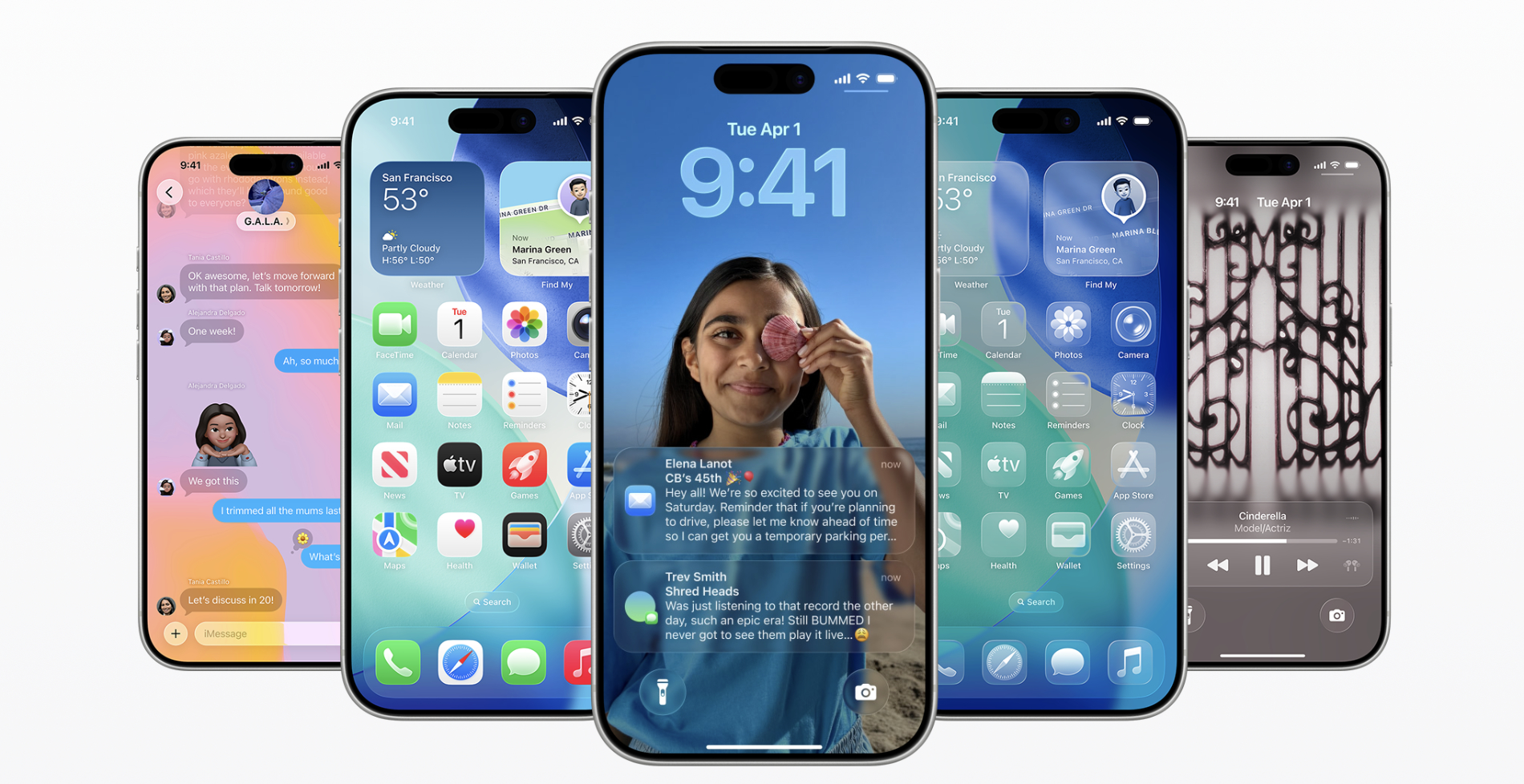
Niantic is releasing a new version of its Scaniverse app to let users capture objects around them with more details. Scaniverse 4 will allow users to capture places and objects in 3D through a Gaussian Splitting technique, which captures more data points about an object for accurate and rich representation with faster rendering.
The company acquired Scaniverse in 2021, and this is one of the major updates for the app. Until now, Scaniverse allowed you to scan places and objects and store them on your device or share them with friends. With these new scanning methods, users can place these splats — which are object scans tied with the location data— on a map, and others can discover them to experience new places with better accuracy and details.
For the past several years, Niantic has tried to build a rich 3D map of the world by asking players of its games Wayfarer, Ingress, and Pokémon GO, to scan different places and earn some in-game rewards. The company has used some of those scans to build splats across the world.
The new scanning process, available only for iOS at launch, is very simple. You can select the splats on option through the new capture menu and start the scan. You have to move around the object, capturing it from different angles as if you are capturing a video. Once you are done, the app processes the scan and allows you to place the splat on the map, share the model, or share the video with others. Niantic says that scanning an object for one to three minutes gives you a good-quality scan.
Niantic said it automatically blurs faces and license plates that appear in the scan for privacy reasons for all scans that its own scan the company processes. Plus, if there is a moving object in frames during the scan, it gets averaged out of the final render.
Brian McClendon, Niantic’s VP of Eng and co-inventor of Google Earth, told TechCrunch that the company used a rendering technique called triangle meshes in the previous version of Scaniverse. With the new Gaussian Splatting approach, with similar data, you get a detailed render with improved lighting and reflections.
“Gaussian splats have two major advantages over triangle meshes: they process faster and are dramatically more realistic, including capturing details like window transparency, water reflections, and tree leaves. It’s like comparing a LEGO model to a clay sculpture. LEGOs can be blocky and rigid, whereas clay allows for smooth curves and finer details,” McClendon said.
The company already offers real-world location data through its visual positioning system (VPS). With the new scanning technique, it plans to offer richer data to developers. It believes that Scaniverse users, primarily XR content creators, and 3D photography enthusiasts, will help the company build a new visual map.
Niantic already has Gaussian Splats-powered scans in a magnitude of 100,000s and plans to expand this to millions in the near future. The company will make them available for developers for use cases like gameplay or virtual reality experiences.
The company also plans to integrate this data to power experiences in its own games where virtual characters can better interact with real-life objects.






